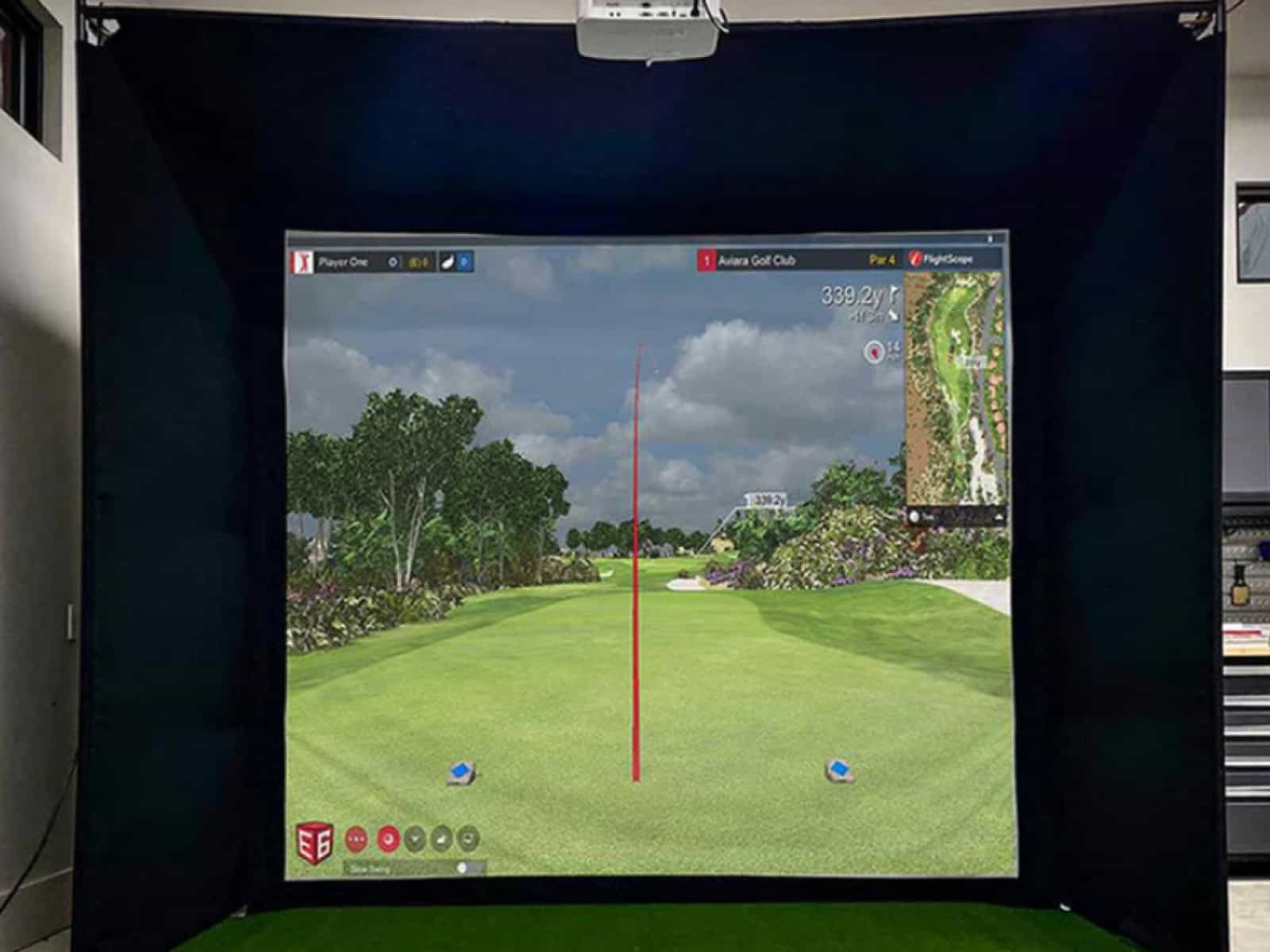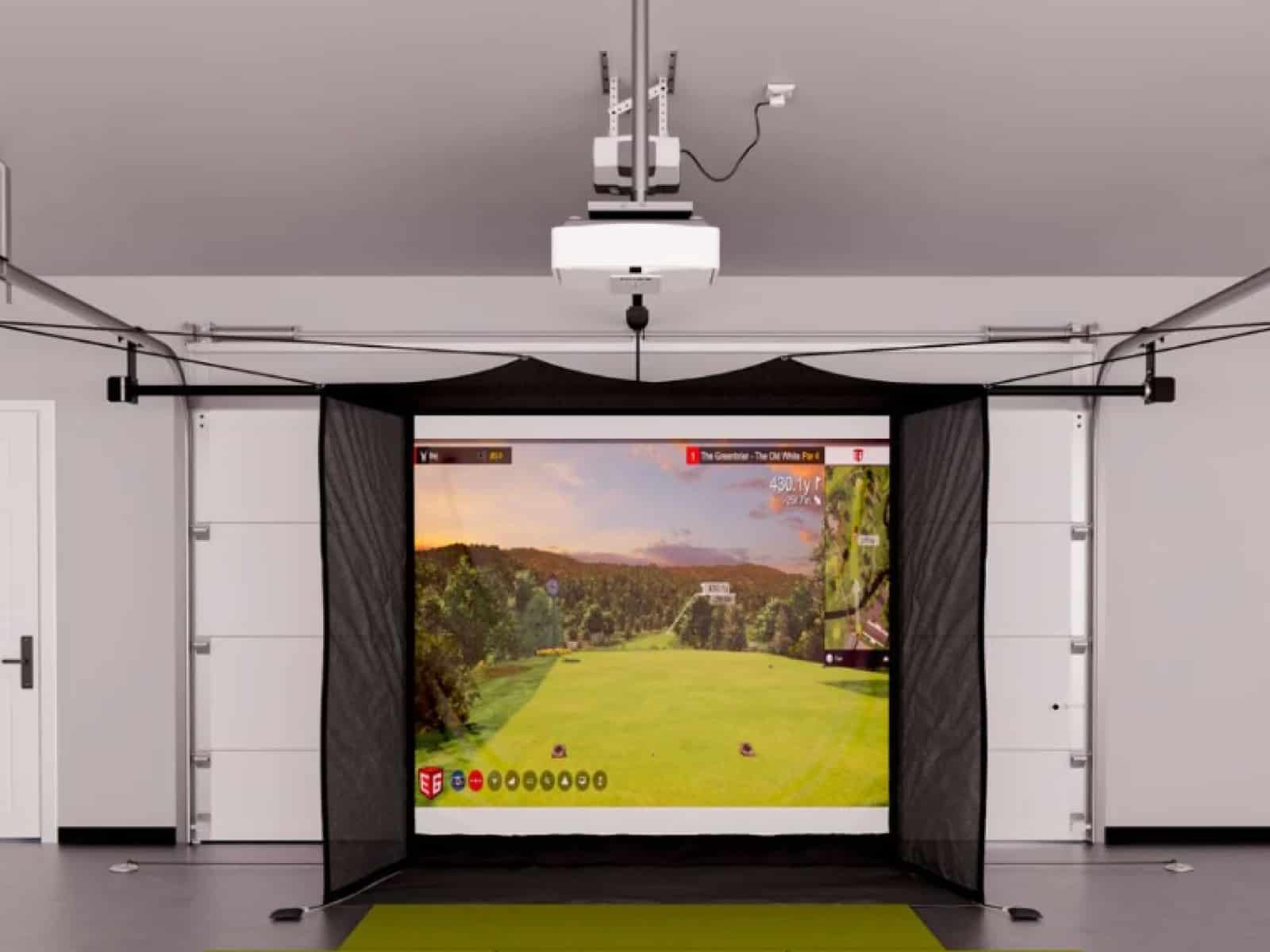Golf simulators have transitioned from being a luxury item, predominantly in the domain of the elite or upscale commercial establishments, to a sought-after tool for both golf enthusiasts and professionals.
These sophisticated devices offer players the luxury of experiencing the nuances of golf without the need to be on an actual course. As they carve a niche for themselves in the market, a pertinent question arises: Will the future see a decline in the prices of simulators?
This article seeks to explore the myriad of factors that could shape the cost trajectory of these advanced devices.
Historical Perspective on Technology Pricing
When we look back at the annals of technological evolution, a discernible pattern emerges: the inevitable decline in the price of technology over time.

Take the personal computer, for instance. In its nascent stages during the 1970s, owning a basic computer was as financially draining as purchasing a house.
Fast forward to today, and we find ourselves in an era where powerful computers are available for a fraction of that price. The story of smartphones mirrors this trend.
Once considered a luxury, they are now a staple, accessible to many due to their (relative) affordability.
Factors Influencing the Cost of Golf Simulators
Let’s go through some deciding factors that influence the cost of golf sims.
Technological Advancements
The trajectory of technological advancements has a direct bearing on the cost structure. As technology evolves, the methods and processes of manufacturing witness enhancements, often leading to more streamlined and cost-effective production.
Innovations might pave the way for the introduction of more affordable materials or methodologies, which can subsequently bring down the overall production cost (and selling price).
Additionally, the principle of economies of scale comes into play. As the production volume increases, the cost incurred for each unit tends to decrease, potentially translating to savings for the end consumer.
Market Demand
Market dynamics, particularly demand, play a pivotal role in determining the price. If we were to see a surge in the demand for simulators, with the supply remaining unchanged, it could lead to an initial spike in prices.
However, as manufacturers recalibrate their production to cater to this heightened demand, there’s a possibility that prices might stabilize or even see a decline.

The current market trajectory, underscored by a rising inclination towards home entertainment and fitness solutions, hints at an escalating demand for personal golf simulators.
Competition
Competition in the market can be a double-edged sword. On one hand, as more manufacturers venture into the golf simulator arena, the market becomes rife with competition.
This heightened competitive landscape can spur innovation and might even lead to aggressive pricing strategies, all to the advantage of the consumer.
New market entrants might strategically price their offerings lower to capture a larger market share, compelling established players to re-evaluate their pricing models.
Production Costs
The intricacies of production costs cannot be overlooked when discussing pricing. The cost matrix of producing a golf simulator is multifaceted, encompassing materials, labor, research and development, and even marketing.
As manufacturers strategize to optimize these individual costs, the cumulative savings can be substantial.
Tactics such as bulk procurement of components or delegating certain processes to regions with cost-effective labor can significantly pare down production expenses.
Potential Barriers to Price Reduction

The journey toward affordability is riddled with potential roadblocks. Certain components integral to golf simulators, especially those linked to sensor technology and high-definition projection, are specialized.
These niche components might not enjoy the cost benefits commonly associated with more generic technologies.
Furthermore, the realm of regulatory and licensing costs can pose challenges. The presence of patents or proprietary technologies can introduce additional costs in the form of licensing fees.
If a groundbreaking innovation is patented, it creates a barrier for competitors, preventing them from replicating it without due permission. This can inadvertently stifle market competition, keeping prices elevated.
Branding also plays a crucial role in the pricing matrix.
Renowned brands, with their established reputation, might command higher prices for their products, banking on their perceived quality, unique features, or sheer brand loyalty.
While some brands might diversify their portfolio to include budget-friendly options, others might cater exclusively to the luxury segment, maintaining a premium pricing strategy. A good example of the former is Flightscope (with their affordable Mevo + and premium X3), while brands like HD Golf, Trackman, Golfzon, and Foresight Sports exemplify the latter, with their inventories mainly consisting of high-end products.
The Role of Alternative and Disruptive Technologies
The technological horizon is always evolving, and emerging technologies could potentially challenge the traditional golf simulator market.
Concepts like augmented reality (AR) or virtual reality (VR) golf experiences might offer a fresh, and possibly more economical, perspective on simulated golf.
If these avant-garde alternatives gain momentum, they could compel traditional golf simulator manufacturers to recalibrate their pricing to stay in the race.
Expert Opinions and Predictions
Experts in the golf simulator industry have different opinions about how prices will change in the future. Some think that as more people want them and more companies make them, prices will likely go down.
On the other hand, some people believe that the relentless pursuit of advanced features and state-of-the-art technologies will maintain prices at a premium.

Recent market studies suggest that prices might decrease slightly in the next ten years. However, this prediction depends on many uncertain factors, like the global economic climate.
Should I Wait for Golf Simulator Prices to Drop?
Well, the answer to this question is far from easy, as it depends on many factors like budget, urgency, technological advancements, resale value, and long-term investment, as well as other factors that we mentioned earlier.
For people thinking about buying a golf simulator, it’s important to find a balance between immediate requirements and long-term aspirations.
While playing the waiting game might usher in more economical options in the future, the offerings of today might boast features that justify their current price tag.
For businesses, especially those anchored in the entertainment or fitness sectors, Keeping an eye on market changes is really important. This vigilance ensures they remain competitive, always delivering optimal value to their clientele.
Conclusion
Navigating the world of golf simulators, we’ve looked into what affects their cost. With changing technology and market trends, golf simulator prices aren’t straightforward. They’re influenced by tech updates, market needs, competition, and production changes. If you’re curious about the cheapest golf simulator you can get, check this out.
Past trends usually show that as technology gets older and markets fill up, prices drop. This might be the case for golf simulators, especially as they seem to be getting more affordable. However, it’s important to be careful. Challenges like special parts, rules, or brand value could keep prices high.
To wrap up, the world of golf simulators is big with many opinions. So, we ask you, our readers, for your thoughts. Will golf simulators become common in homes? Or will they stay exclusive and expensive? Your feedback is valuable, and we can’t wait to hear from you. Let’s keep the discussion going.





